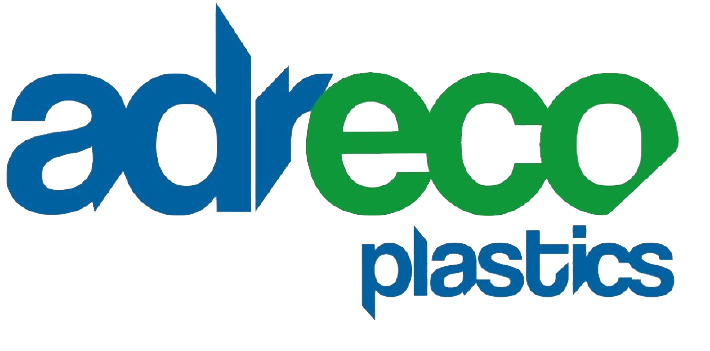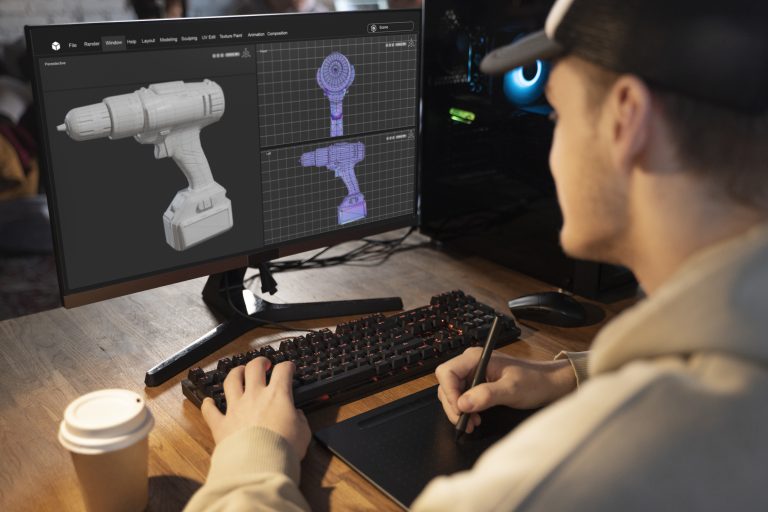Packaging is used across every single industry, from construction to cosmetics; electronics to food packaging and soft drink. It keeps things together and protected. It can also carry branding and merchandising messages. Because of its versatile nature, use of plastics in packaging products of industry is very common. This is because plastics are flexible packaging product and offer a wealth of advantages for the whole industry.
Why choose plastics in packaging?
Injection-molded plastics can be formed into any shape needed and are easy to clean and keep sterile. Plastic packaging can be either rigid for protection or flexible to wrap around various shapes. It’s lightweight and convenient. Crucially, it doesn’t alter the taste of food and keeps it uncontaminated. Additionally, plastic packaging can be hermetically sealed for maximum protection.
What are some of the different packaging plastics types?
Usage of plastics in packaging industry demands from flimsy films to rigid bottles and pots. Then, there are trays, display stands, dispensers and dividers. The list is long. Understanding the difference between the plastics needed to create various types of packaging is key. If you choose the right one, you can benefit from robust use of plastics in packaging , lower costs and a reduced carbon footprint. Here are some examples of different types of plastics with their use:
- Polyethylene terephthalate (PET) is one of the more commonly used injection moulded plastics for packaging. It is excellent for jars and food or liquid containers. It has an attractive finish and is robust to keep edible contents safe until they are needed.
- Polypropylene (PP) is also used in textiles packaging and labelling. It has excellent resistance to chemicals, solvents and acids, making it one of the most versatile, sought-after plastics for packaging.
- Polyvinyl chloride (PVC) is another popular synthetic polymer. It’s softer, flexible form is used in a wide range of applications of plastics in packaging . These include labelling and textiles protection. It’s rigid alternative is ideal for plastic bottles.
- High density polyethylene (HDPE). This thermoplastic is made from petroleum. It has a high strength to density ratio and is commonly used for plastic bottles or dispensing pumps. It can also be used where insulation is required, such as packaging for chilled goods in transit.
- Poly(methyl methacrylate) (PMMA) is a transparent plastic that is also known by various names such as Plexiglass or Perspex. It is tough and durable, often used in sheet form for a safer alternative to glass. It is found in many shops as protective screens. The cosmetics industry also uses PMMA in its packaging to protect the delicate beauty products inside.
- Acrylonitrile Butadiene Styrene (ABS) is another tough, transparent plastic that is used where a glasslike finish is required. It is another common choice for cosmetics, including lipstick and mascara cases. It can be made using plastic injection moulding to look clear or be coloured to match branding.
- Styrene Acrylonitrile (SAN) is a predecessor of ABS (See above) but is still used today. It is rigid, transparent and durable. This makes it excellent for pots and jars containing creams, serums, waxes and lotions
How are injection moulded packaging plastics made?
The plastic injection moulding process produces versatile, durable, attractive plastics that can be used across the packaging sector. First of all, plastic granules are fed into a hopper which is connected to a barrel. They are heated until they turn molten.
Parts produced by plastic injection moulding are highly accurate, meaning that large numbers of uniform parts can be manufactured. Wall thicknesses are consistent and stable enough to take hot, abrasive or chemical contents (depending on the polymers used). Production cycles are efficient, and any surplus plastic can be collected and reused in a future project. The customer can choose the colours, design and finishes used to suit their exact requirements.





